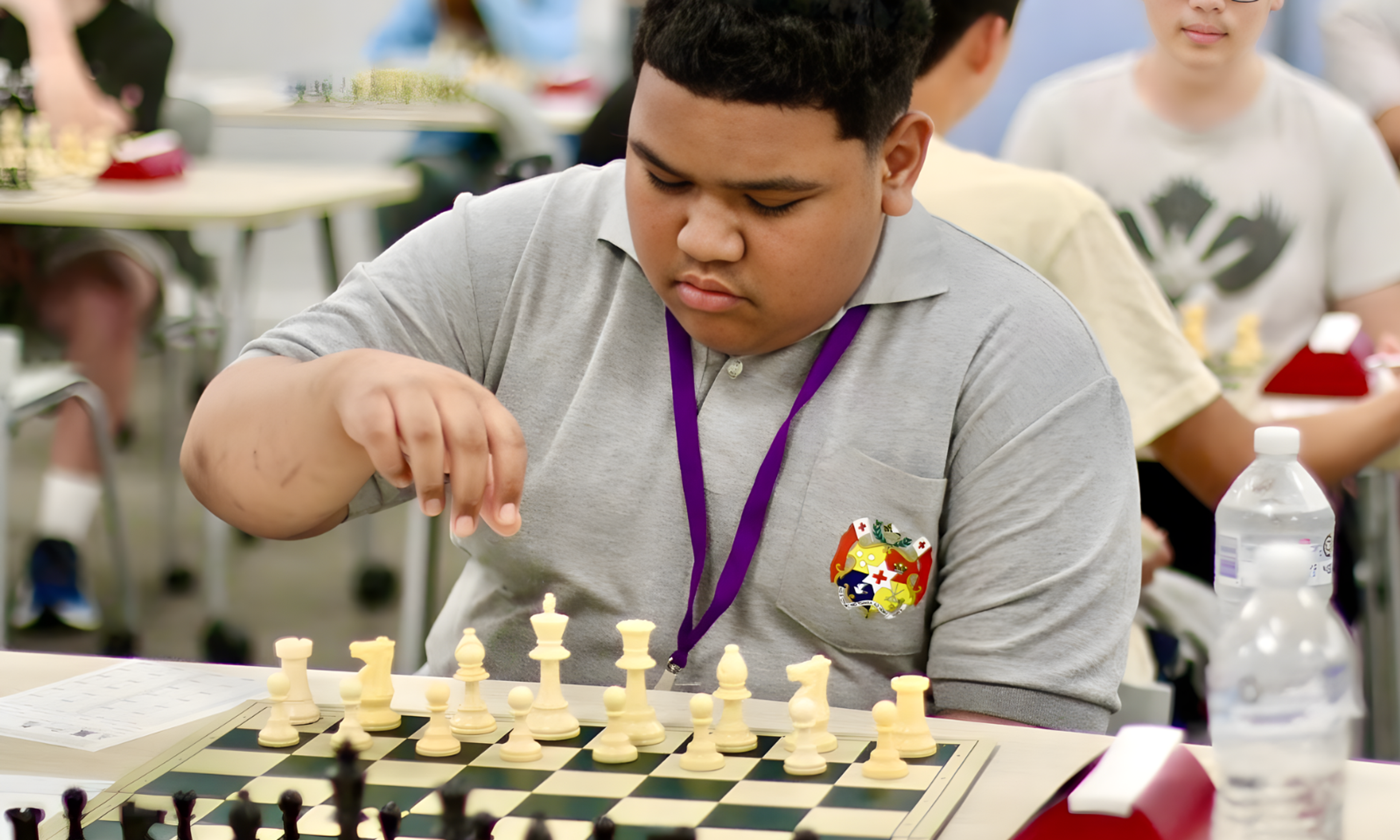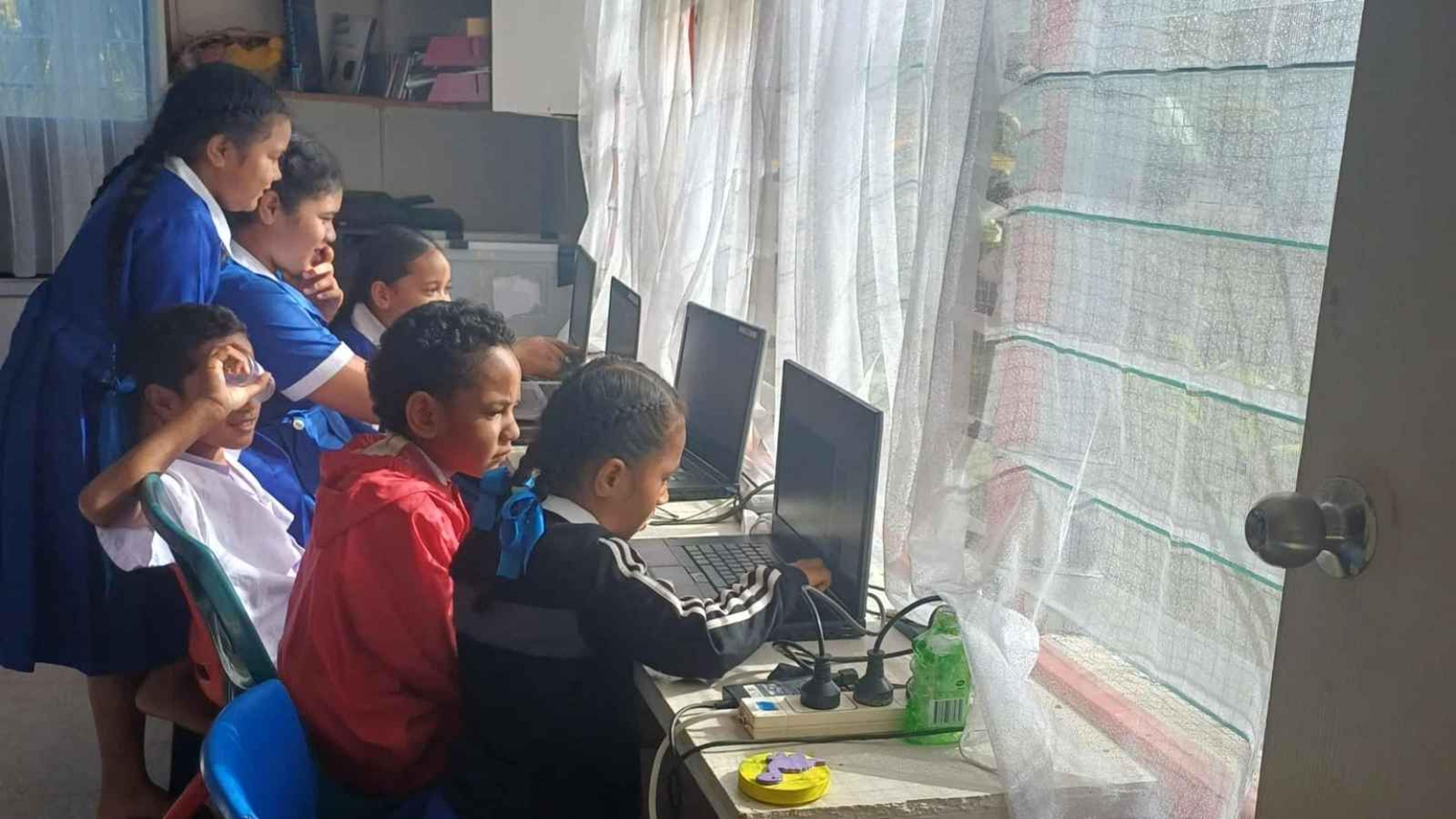

Simone Kaho.
Photo/E-Tangata
From adversity to ancestry: Pacific wayfinding through a neurodiverse lens
Simone Kāho will spend three months at the University of Hawai‘i exploring ancestral navigation, precision, and her neurodiverse perspective.



Tonga makes historic breakthrough at Oceania Youth Chess Championship

‘A Library for the Heart of Tonga’: Building a hub for Nuku’alofa

Mental health targets risk hiding Pacific people in crisis, expert


‘I knew something was wrong’: Pacific children miss out on early hearing support

Tonga makes historic breakthrough at Oceania Youth Chess Championship

‘A Library for the Heart of Tonga’: Building a hub for Nuku’alofa

Mental health targets risk hiding Pacific people in crisis, expert
Tongan-Pākehā poet, writer, and director, Simone Kaho was stunned to receive the Fulbright New Zealand and Creative New Zealand 2025 Pacific Writer’s Residency.
After years of applying for opportunities and managing expectations, the news was both unexpected and affirming.
“I got hot sweat, cold sweat, bounced up and down,” Kaho says in an interview on 531pi Pacific Days. “You kind of jump out of your skin a bit when something really life-changing happens.”
For Kaho, the award is more than professional recognition, it’s a moment of arrival.
The residency, one of the most prestigious opportunities for Pacific writers, will see her spend three months at the University of Hawai’i (UH).
“It’s that signifier of having arrived as a writer in a way,” she says.
Recognition of a fearless voice
The 2025 residency marks another milestone in Kaho’s literary journey, which has already seen her receive widespread acclaim, including the 2022 Emerging Pasifika Writer in Residence at the International Institute of Modern Letters.
Fulbright NZ Executive Director Penelope Borland says it is heartening to see this year’s award go to a poet of Kaho’s calibre.
“We are thrilled to be granting the 2025 Pacific Writer’s Residency to Simone Kaho, enabling her to continue her work that has already received widespread acclaim,” Borland says.
Watch Simone Kaho's full interview below.
Makerita Urale, Creative New Zealand’s Senior Manager Pacific Arts and an alumna of the residency, agrees that this moment feels timely for Kaho’s artistic evolution.
“Simone’s work is fearless and deeply grounded in lived experience and cultural insight. This residency is a fitting next step for an artist of her calibre, and we look forward to seeing how her time in Hawai'i will further shape and strengthen her work.”
Since its inception, the Pacific Writer’s Residency has been awarded to some of Aotearoa New Zealand’s most celebrated voices who have helped shape contemporary Pacific literature, such as Tusiata Avia, Karlo Mila, Oscar Kightley, Dave Eggleton, Mīria George, and Victor Rodger.
Standing among Pacific Giants
Joining that list of names feels both surreal and grounding for Kaho. Before becoming a writer, she spent nearly two decades working in digital advertising.
But when her father Tavake Kaho passed away in 2015, she made the life-changing decision to follow her childhood dream of writing full-time.
“These were the people that represent the figures of writing ancestry,” she says of her predecessors. “I see myself as just on the journey.”
A journey she hopes continues the lineage of storytelling that celebrates Pacific identity and resilience. “They've created works that I think hold a signature and lifeblood of what it means to be Pacific and diaspora.”
Exploring wayfinding and neurodiversity
At UH, Kaho will work on a multi-disciplinary project that brings together her poetry, essays, and documentary filmmaking to explore the link between Pacific wayfinding and neurodiversity.
She describes her creative form as one that mirrors the rhythm of navigation itself, “snapshots of a bigger picture”, as she puts it - weaving poetry and prose into discontinuous narratives.
Her central question asks whether the deep observational skills of Pacific navigators, their sensitivity to stars, seas, birds, and water, might have shared cognitive traits with neurodivergent minds.
“It occurred to me, this is the process, to try and look up at the sky and understand the stars with a level of attention to detail and change. That is very akin to neurodiverse attributes as in you have to be unusually detail orientated and almost transfixed by what you're doing.”
The idea emerged while covering the Rātā Symposium, a waka carving event led by master carver James Eruera, a student of the legendary navigator Sir Hekenukumai Busby. A scientist there demonstrated the accuracy of traditional carvers, their ability to replicate precise forms purely by eye - a skill that deeply resonated with Kaho.
After being diagnosed with autism and ADHD, she began to view those same qualities - hyperfocus, detail orientation, deep attunement to the natural world - as both ancestral and neurodiverse.
The project also reconnects to how Pacific people have always processed and understood information long before the digital age. A sort of reclamation of Pacific intelligence through pattern recognition and sensory processing.
Believing in the dream
As Kaho prepares to depart for Hawai’i in February 2026, her reflections return to the act of intentionally following a dream.
She offers heartfelt encouragement to anyone standing at similar crossroads that it isn’t about making one bold leap, but nurturing the small, consistent choices that lead you closer to your purpose.
“Just choosing to hear that part of yourself… that’s already really responsive and energized and looking for feeding the fire within yourself.
“Once you believe in that, the changes in your life naturally happen…it all adds up to something bigger.”